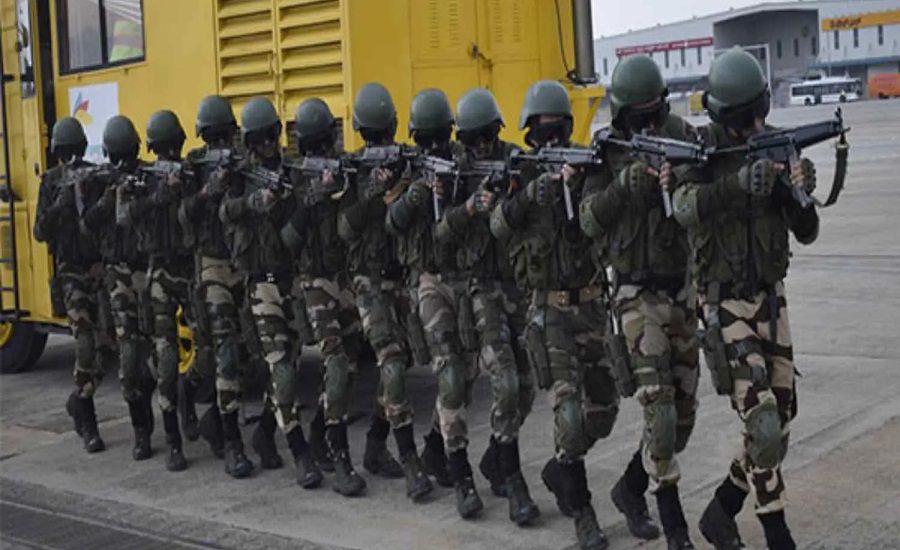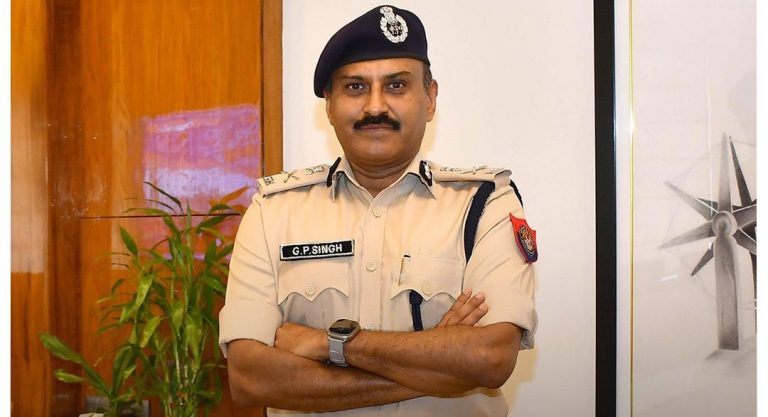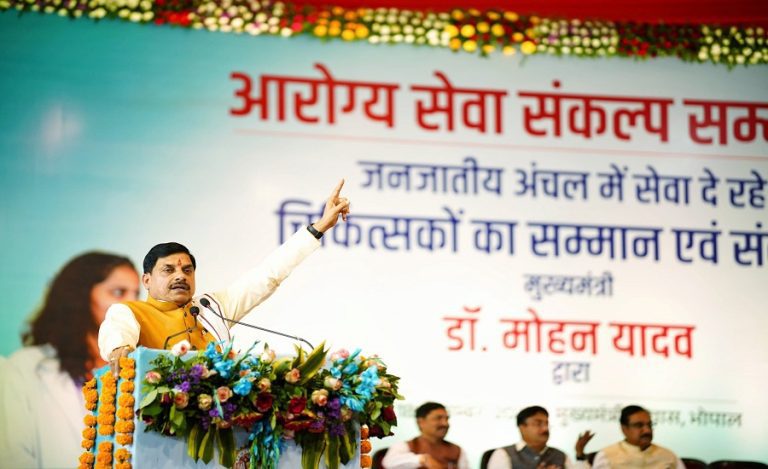New Delhi: In a strategic move to strengthen its operational capabilities against modern and hybrid security threats, the Central Industrial Security Force (CISF) has launched intensive combat training exercises in collaboration with the Indian Army, particularly in high-threat zones like the Kashmir Valley. This joint training initiative aims to make the CISF “battle ready” for rapid and effective response in crisis situations at critical national infrastructure sites.
A New Vision of “Battle-Hardiness”
The term “battle-ready” for the CISF signifies the evolution of its role from a static industrial security force to a dynamic quick-reaction unit capable of neutralizing unconventional threats such as:
- Coordinated terrorist attacks
- Insider threats
- Drone incursions
- Armed infiltrations
- Sabotage at nuclear plants, airports, Parliament, and other vital installations
Elite Combat Training in the Kashmir Valley
For the first time, full-scale batches of CISF personnel are undergoing comprehensive military training at elite Indian Army formations in the Kashmir Valley—previously restricted to a few handpicked individuals. These modules include:
- Night operations
- Jungle warfare
- Close-quarter combat tactics
- High-altitude endurance drills
This marks a shift from urban-focused drills to mastering terrain-based tactical warfare under hostile conditions—enhancing CISF’s adaptability for both urban and rural counter-insurgency scenarios.
Only the Best Get Selected
CISF’s Quick Reaction Teams (QRTs), stationed at all 369 units nationwide, form the core of this initiative. Eligibility for the Army training includes:
Age below 35 years
Successful completion of the Battle Physical Efficiency Test (BPET)—modeled after NSG standards
Prior completion of six-month in-house CISF training
These QRT members are often the first responders during security breaches and emergencies at sensitive government and industrial facilities.
Strategic Roadmap: Nationwide Combat Readiness
Looking ahead, CISF plans to scale this training model to more battalions—starting with the most vulnerable installations. The objective is to build:
- Tactical proficiency
- High physical endurance
- Psychological resilience
According to senior officials, this transformation will better position the Force to preempt, neutralize, and dominate hostile scenarios in a post-2025 security environment.
Read Also: CISF DG Approves Major Transfer & Posting Orders for Senior Officers – Check Details Here
Key Takeaways
- CISF partners with Indian Army for advanced joint combat training
- Full-time training now being held in Kashmir Valley for select QRT members
- Focus on hybrid warfare, including drone threats, sabotage, and urban terrorism
- Future goal: Combat-ready CISF across all high-risk units in India



























